 W
WMoon Ribas is a Catalan avant-garde artist and cyborg activist best known for developing and implanting online seismic sensors in her feet that allow her to feel earthquakes through vibrations. Since 2007, international media have described her as the world's first cyborg woman or the world's first female cyborg artist. She is the co-founder of the Cyborg Foundation, an international organisation that encourages humans to become cyborgs and promotes cyborgism as an art movement and the co-founder of the Transpecies Society, an association that gives voice to people with non-human identities and offers the development of new senses and organs in community. Her choreography works are based on the exploration of new movements developed by the addition of new senses or sensory extensions to the dancer.
 W
WAntoni Abad i Roses is a Spanish artist. He began his career as a sculptor, and evolved over time towards video art and later in net.art and other forms of new media.
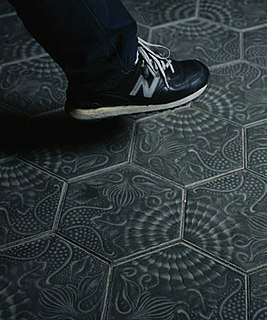 W
WJuan Pablo Ballester is a Cuban-born artist who works mainly with photography and video art, although he has also worked with installations and performance art. He has also developed activities as a curator, assistant curator and cultural manager.
 W
WJosep Maria Beà i Font, in Spanish José Beá is a Spanish comic book artist.
 W
WJordi Benito i Verdaguer was a Catalan artist. He is known as an artist for his actions, installations and performances of a radical and unparalleled savagery that developed especially during the 70s and 80s. However, he also conducted a side task a designer, interior designer and furniture maker who, in collaboration with artisans, served following the family tradition, as his father was a cabinetmaker.
 W
WJordi Bernet Cussó is a Spanish comics artist, best known for the gangster comics series Torpedo and for American weird western comic book Jonah Hex.
 W
WJoan Brossa was a Catalan poet, playwright, graphic designer and visual artist. He wrote only in the Catalan language.
 W
WLlorenç Brunet i Forroll (1872-1939), also known in Spanish as Lorenzo Brunet, was a Spanish illustrator, caricaturist and watercolorist. He signed his works as L. Bru-Net or Bru-Net.
 W
WLluís Claramunt was a Catalan artist.
 W
WJordi Colomer is a Spanish artist. He lives and works in Paris and Barcelona. Colomer has worked in the media of sculpture, video, and installation art.
 W
WJoan Cornellà Vázquez is a Spanish cartoonist and illustrator, famous for his unsettling, surreal humor and black humor comic strips as well as artwork.
 W
WModest Cuixart i Tàpies was a Catalan painter. He is, along with poet Joan Brossa and painters Joan Ponç, his cousin Antoni Tàpies and Joan-Josep Tharrats, the founder of surrealist et dada review Dau al Set in 1948.
 W
WCusto Dalmau is a fashion designer.
 W
WManel Muñoz, known artistically as Manel De Aguas, is a Spanish cyborg artist and transpecies activist based in Barcelona, best known for developing and installing weather sensory fins in his head. The fins, formally known as 'Weather Fins', allow him to hear atmospheric pressure, humidity and temperature changes through implants at each side of his head. Depending on the changes he feels, he can predict weather changes as well as sense his current altitude.
 W
WDaniel García Andújar is a visual media artist, activist and art theorist from Spain. He lives and works in Barcelona. His work has been exhibited widely, including Manifesta 4, the Venice Biennale and documenta 14 Athens, Kassel. He has directed numerous workshops for artists and social collectives worldwide.
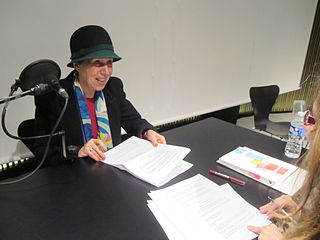 W
WEulàlia Grau, also known by her given name, Eulàlia is a Catalan artist. She was born in Terrassa in 1946. After training in Fine Arts at the Escola Eina and in design in Milan, she began her work starting from collage, using photographs taken from the written press, adopting a critical attitude towards information given out by the communication media. Her works carry a significant political charge and social content.
 W
WNeil Harbisson is a Spanish-born British-Irish cyborg artist and activist for transpecies rights based in New York City. He is best known for being the first person in the world with an antenna implanted in his skull and for being legally recognized as a cyborg by a government. His antenna sends audible vibrations through his skull to report information to him. This includes measurements of electromagnetic radiation, phone calls, and music, as well as videos or images which are translated into audible vibrations. His WiFi-enabled antenna also allows him to receive signals and data from satellites.
 W
WFrancisco Ibáñez Talavera, signing as just Ibáñez, is a Spanish comic book artist and writer.
 W
WLluís Juste de Nin was a Spanish illustrator, cartoonist and fashion designer. He worked as creative director for the Spanish fashion label Armand Basi. His work was first published in the 1960s. His cartoons were used in the publications of the political opposition to Francisco Franco. In these publications, Juste de Nin signed his work, "El Zurdo". For many years, he was engaged in creating illustrations for articles by Manuel Vázquez Montalbán in Mundo Obrero.
 W
WAntoni Miralda is a Spanish multidisciplinary artist.
 W
WFina Miralles Nobell is a Catalan artist who has worked with all types of media moving from conceptual art.
 W
WXavier Miserachs i Ribalta was a Catalan photographer. He studied medicine at the University of Barcelona, but left school to be a photographer. He exhibited his work in Barcelona from 1956. His work is reminiscent of neorealism and is representative of the years of Spanish economic recovery, 1950–1960. His photographs show him as a creator of a new image of the city and its people. In 1998 he received the Creu de Sant Jordi of the Catalan government.
 W
WIsidre Nonell i Monturiol was a Spanish artist known for his expressive portrayal of socially marginalized individuals in late 19th-century Barcelona.
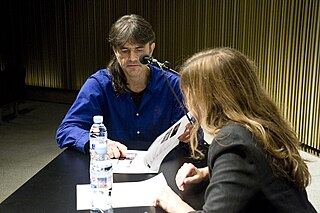 W
WPere Jaume Borrell i Guinart, known as Perejaume, is a Catalan contemporary artist.
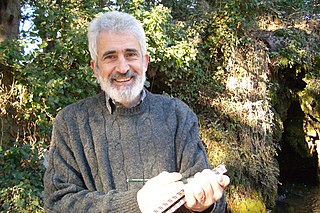 W
WJosep Lluís Martínez i Picañol, known by the pen name Picanyol [piˈkaɲɔl], was a Spanish self-taught comic artist. His best known creation is the warlock Ot el bruixot.
 W
WJaume Plensa is a Spanish artist and sculptor.
 W
WJordi Ramisa is a Catalan architect, a sculptor and a drawing professor.
 W
WÀngels Ribé is considered one of the most important Catalan conceptual artists of the 70s. With a strong international presence, she worked alongside such artists as Vito Acconci, Laurie Anderson, Gordon Matta-Clark, Lawrence Weiner, Hannah Wilke, Martha Wilson, Francesc Torres, and Krzysztof Wodiczko, among others.
 W
WRiera i Aragó artist born in Barcelona, Spain in 1954. He studied at the Faculty of Fine Arts in Barcelona. Throughout his career he has made sculptures, paintings and graphical work. Riera i Aragó recreates in his work a world of machines and devices with a great sensitivity. As well as the bronze he uses the iron, materials that make his planes or submarines float in a magical atmosphere. He has had important solo and group exhibitions and is present in several museum collections. In addition, he is the author of large sculptures for public spaces.
 W
WBenet Rossell, was a Spanish artist. Drawing, engraving, sign writing, performance, sculpture, film, music, theatre, and poetry were interwoven through Rossell's work, creating an extremely personal conception in which the artwork is a process of constant reinvention. Rossell fashioned a poetics of fragility tinged with irony and a critical spirit, and delved into the micro-worlds that are generally ignored by the absolutist accounts of art history. Though abstract in appearance, his work has a strong narrative component, which modestly and discreetly draws on the artist's own biography.
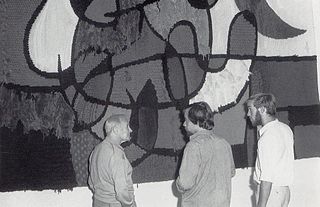 W
WJosep Royo is a Catalan contemporary artist best known for his tapestries.
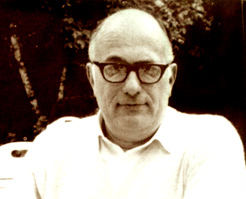 W
WVicente Segrelles is a Spanish comic book artist and writer.
 W
WJesús Carles de Vilallonga i Rosell was a Spanish/Canadian figurative artist who worked primarily in the medium of egg tempera. He is best known for his richly textured paintings in an intricate, highly colored style that is not easy even though everything is readily intelligible: male and females characters, beasts, forests, architectural structures and artifacts. Vilallonga's iconography draws from a broad and complex painting tradition ranging from Romanesque art, the Renaissance, and Surrealism, while maintaining his own contemporary style. His work is sometimes related to Symbolism and his production is always enhanced by the contributions of abstraction. He works with the "inner eye" which Freud described as the most profound and the most intelligent, in a sojourn through nature and man's hidden interior.